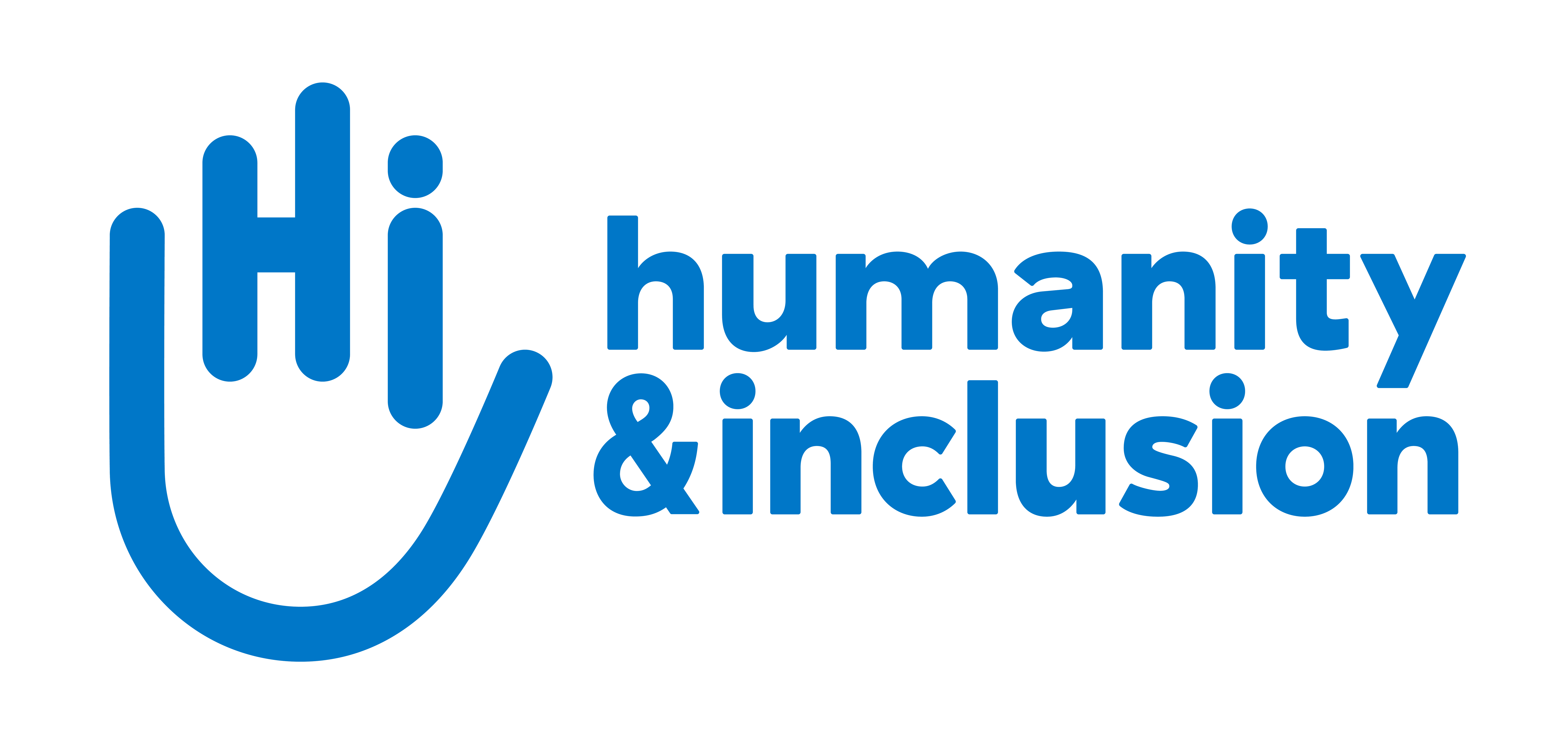Multi-tier crisis threatens over 5 million people
Widespread starvation and volatile conditions continue to overwhelm the people of Tigray, Ethiopia. Humanity & Inclusion (HI) reveals its four-sector intervention plan.

HI teams head to the Tigray region of Ethiopia to begin intervening amid crisis, 2021. | © J. Avery/ HI
With each passing day, the crisis in northern Ethiopia weighs more heavily on the people of the Tigray region. An alarming 5.5 million people are now in need of humanitarian assistance, as people suffer from widespread hunger and malnutrition, ever-present security risks, and extremely limited resources.
Hunger and malnutrition
At least 4 million people, representing over 90% of the population, are facing alarming levels of food insecurity. According to the Integrated Food Security Phase Classification (IPC), 1.8 million are facing emergency levels of hunger (IPC 4) and over 350,000 people have attained the catastrophic phase (IPC 5), defined by an extreme lack of food, evident starvation, destitution and critical acute malnutrition.
Children alone make up over 2.2 million of those experiencing acute food insecurity and severe malnutrition, which can lead to serious delays in child development and even to lifelong disabilities. Without urgent intervention, millions are at alarmingly high risk of developing permanent impairments or starving to death.
Protection
Persistent danger in the region continues to threaten the safety of Tigray’s most vulnerable people. In the month of May alone, over 500 cases of gender-based violence and sexual assault were reported, including around 70 acts against children. Schools and shelters that are currently used to house thousands of internally displaced persons have been repeatedly looted and damaged, raising further security concerns for those already forced to flee their homes. Some areas have become completely inaccessible due to safety risks, further isolating the inhabitants, who are in critical need of food, supplies and protection.
People with disabilities are most at risk
In an already insufferable humanitarian context, people with disabilities and older people are at even greater risk of harm. Over 4,652 people with disabilities or special needs have been identified thus far. Always disproportionately affected in times of crisis, these populations are more likely to experience isolation, reduced access to basic care, and mobility limitations, which could prevent them from fleeing dangerous areas.
HI’s intervention plan
"The need for basic supplies and services grows each day,” says Jeff Meer, U.S. Executive Director for Humanity & Inclusion. “Our colleagues in Ethiopia see it as people flee their homes and seek refuge in larger cities. They see it among people living in rural, isolated areas, which are dangerously cut off from assistance. Funding needs are high, to enable our teams to safely and effectively work alongside affected communities. Our priority is to see people with disabilities and individuals in vulnerable situations safely accessing basic and specific aid.”
HI is on-site and preparing to provide vital assistance to the population. Teams have assessed the situation and humanitarian needs by meeting with impacted community members, other INGOs, and experts in security and logistics. HI, which has been working in Ethiopia since 1986, has developed an emergency intervention plan in the sectors of Mental Health and Psychosocial Support, Rehabilitation, Inclusive Humanitarian Aid, and Protection. These include:
- Psychological first aid through individual and group counseling sessions and trauma-informed training for aid and health workers;
- Quality rehabilitation services, including physical therapy sessions, training of health care workers and mobility aids for people with disabilities, those facing complications after injuries and over 300,000 internally displaced persons;
- Inclusive humanitarian response that focuses on people with disabilities, unaccompanied children, women at-risk of violence and exploitation, and vulnerable populations; and
- Child protection initiatives in refugee camps and internally displaced persons sites.





